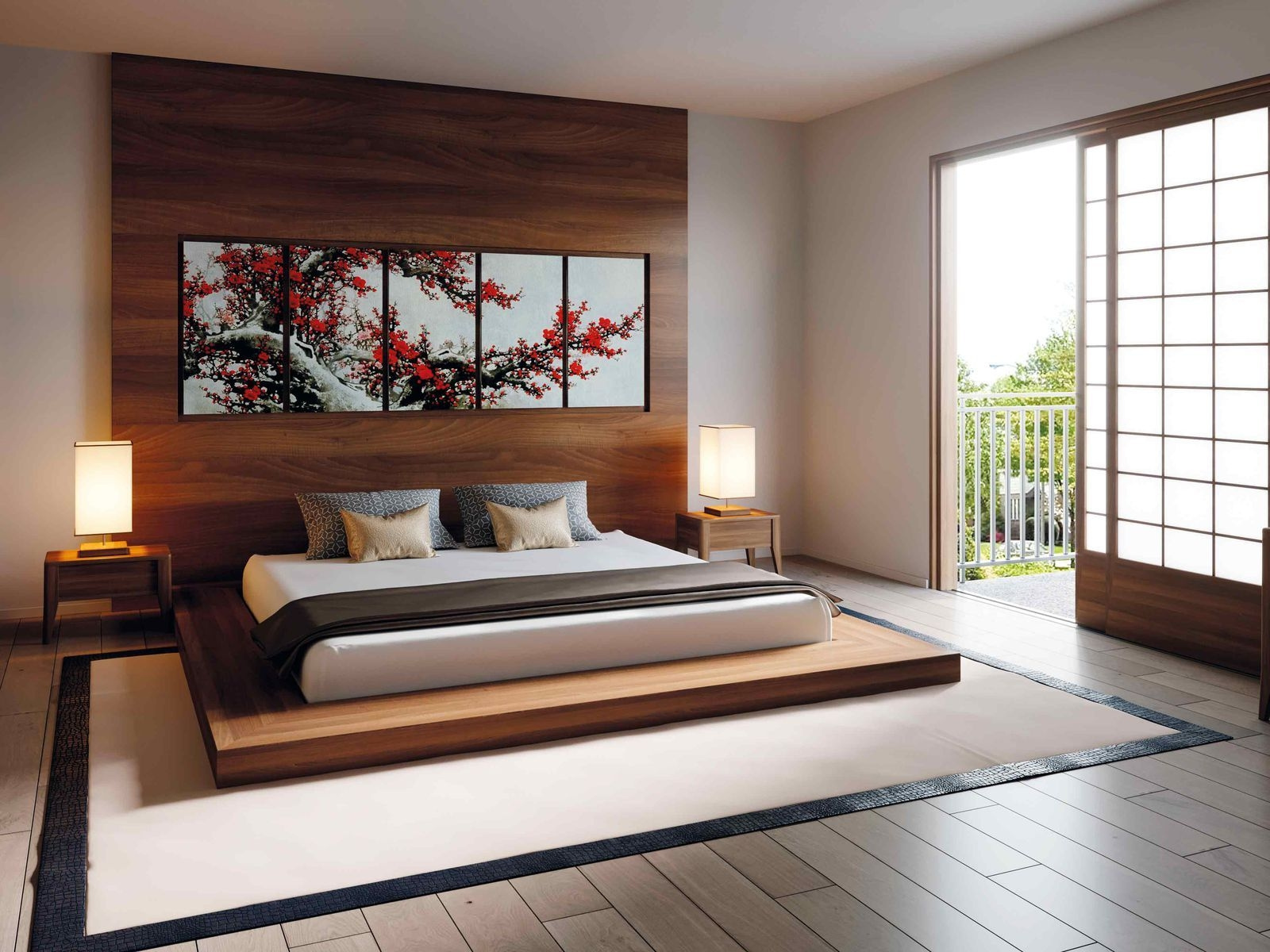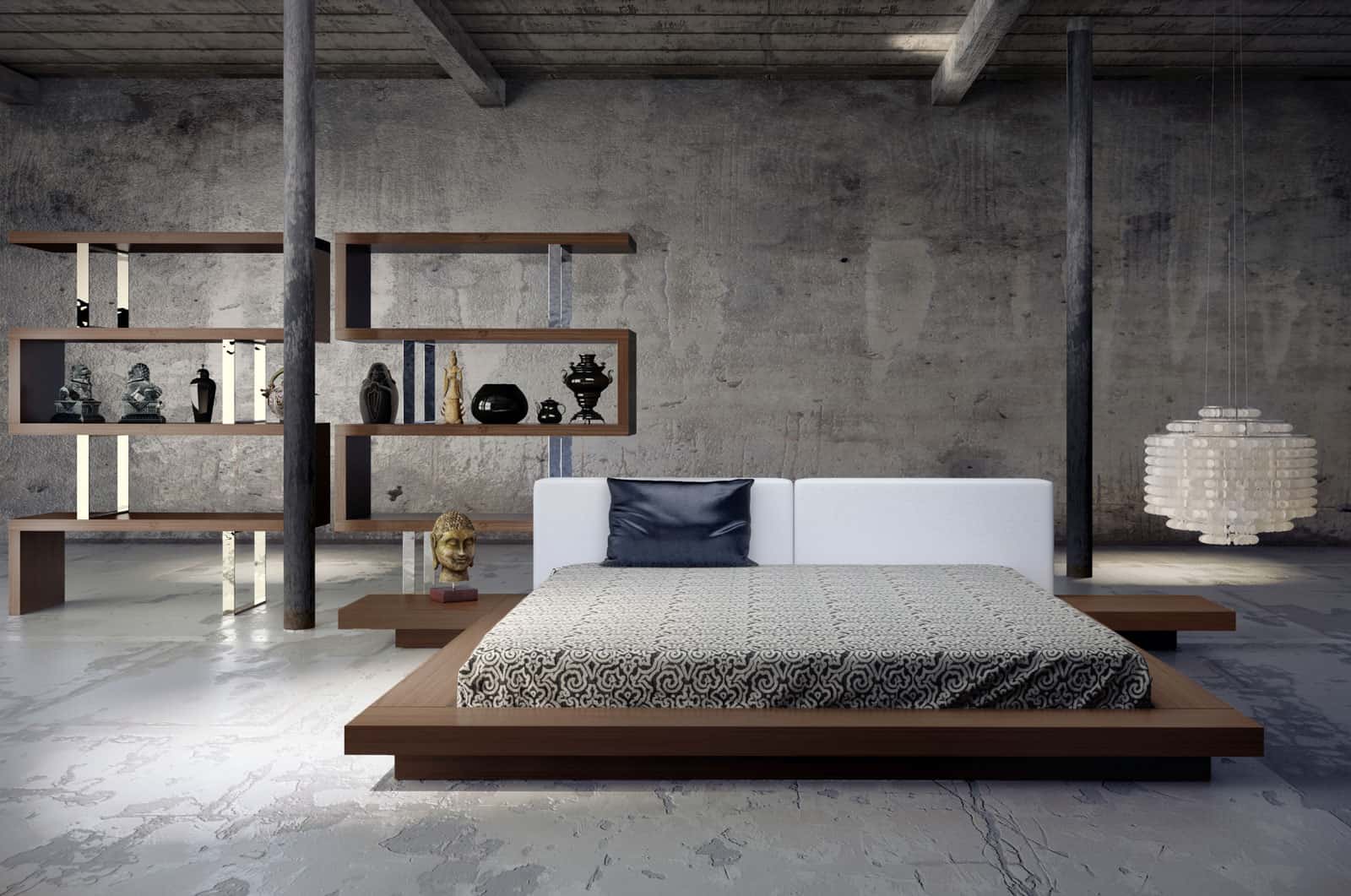The Essence of Japanese Interior Design

Japanese interior design is renowned for its serene beauty and thoughtful approach to creating spaces that promote tranquility and harmony. It’s not just about aesthetics; it’s a philosophy that deeply connects with nature and emphasizes the importance of mindful living.
Key Principles of Japanese Interior Design
The foundation of Japanese interior design rests on three key principles: minimalism, functionality, and natural elements.
- Minimalism: Japanese design embraces simplicity and avoids clutter. This philosophy prioritizes essential items, creating a sense of spaciousness and tranquility.
- Functionality: Every element in a Japanese interior serves a purpose. Furniture is designed to be multi-functional, and storage solutions are cleverly integrated to maintain order and minimize visual distractions.
- Natural Elements: Nature is deeply woven into Japanese design. Natural materials like wood, bamboo, and stone are favored, bringing a sense of warmth, texture, and connection to the outdoors. This approach creates a calming and grounding atmosphere.
Wabi-Sabi: Embracing Imperfection, Japanese interior design bedroom
Wabi-sabi is a central concept in Japanese aesthetics, celebrating the beauty of imperfection and the passage of time. It finds elegance in the weathered, the worn, and the transient, acknowledging the natural cycle of life and decay.
- Imperfection: Wabi-sabi encourages embracing the inherent flaws and imperfections in objects and spaces, recognizing that these imperfections add character and depth.
- Transience: The concept of transience reminds us that nothing is permanent. This awareness fosters appreciation for the present moment and the fleeting beauty of life.
- Simplicity: Wabi-sabi promotes a minimalist approach, valuing the essence of things over ornamentation. This simplicity creates a sense of peace and clarity.
Traditional Japanese Design Elements
Traditional Japanese design elements play a significant role in creating the distinctive atmosphere of Japanese interiors. These elements are not just decorative; they embody the principles of minimalism, functionality, and connection to nature.
- Tatami Mats: These woven straw mats are a fundamental element of Japanese homes. They provide a soft and comfortable surface for sitting and sleeping, and their modular nature allows for flexible room layouts.
- Shoji Screens: These translucent paper screens are used to divide spaces, provide privacy, and filter light. They create a sense of openness and allow natural light to diffuse throughout the room.
- Sliding Doors: Sliding doors, often made of wood and paper, offer a flexible way to define spaces and control airflow. They also create a sense of fluidity and movement within the home.
Creating a Serene Japanese Bedroom

A Japanese bedroom is more than just a place to sleep; it’s a sanctuary for relaxation and rejuvenation. It embodies the principles of minimalism, functionality, and harmony with nature. The design emphasizes simplicity, clean lines, and natural materials to create a tranquil and inviting atmosphere.
Maximizing Space and Functionality
A Japanese bedroom prioritizes functionality and maximizes space. The key is to use every inch efficiently while maintaining a minimalist aesthetic.
- Built-in Storage: Instead of bulky wardrobes, opt for built-in storage solutions like sliding doors, shelves, and drawers seamlessly integrated into the walls. This maximizes floor space and creates a streamlined look.
- Minimalist Bed Frame: Choose a simple bed frame made of natural materials like wood or bamboo. A platform bed without a headboard is ideal, as it adds to the minimalist aesthetic and provides a spacious feel.
- Multi-Functional Furniture: Consider using furniture that serves multiple purposes, such as a storage bench or a desk that doubles as a vanity. This maximizes functionality and minimizes clutter.
Selecting Natural Materials
Natural materials play a crucial role in creating a serene and inviting Japanese bedroom.
- Wood: A timeless and versatile material, wood is often used in Japanese bedrooms for its natural warmth and beauty. Consider using light-colored woods like cedar or pine for a sense of serenity.
- Bamboo: Bamboo is another popular material known for its strength, flexibility, and sustainable nature. It adds a touch of natural elegance to the bedroom.
- Stone: Stone elements, such as a small stone garden or a stone sculpture, can add a touch of tranquility and grounding to the bedroom.
- Natural Textiles: Opt for natural textiles like cotton, linen, or silk for bedding and curtains. These materials are breathable and promote a sense of well-being.
Incorporating Japanese-Inspired Lighting Techniques
Lighting plays a crucial role in creating the desired ambiance in a Japanese bedroom.
- Soft Ambient Light: Avoid harsh overhead lighting. Instead, use soft ambient light from floor lamps, table lamps, or strategically placed wall sconces.
- Dimmable Light Bulbs: Choose dimmable light bulbs to control the brightness and create different moods throughout the day.
- Natural Light: Maximize natural light by using sheer curtains or blinds that allow soft sunlight to filter through.
- Paper Lanterns: Japanese paper lanterns add a touch of traditional elegance and create a warm, inviting glow.
Bringing Nature Indoors: Japanese Interior Design Bedroom

In the heart of Japanese interior design lies a deep reverence for nature. This philosophy extends to the bedroom, where the goal is to create a sanctuary that feels connected to the natural world. By incorporating natural elements, you can bring a sense of tranquility and harmony to your space, fostering a peaceful and restorative atmosphere.
Incorporating Natural Elements
The Japanese bedroom often features elements that evoke the beauty of nature. Plants and flowers, with their vibrant colors and calming presence, are a popular choice. They add a touch of life and freshness to the room, bringing the outdoors in. Natural materials like wood, bamboo, and stone are also frequently used in Japanese bedrooms. These materials have a warm and earthy feel that creates a sense of grounding and connection to the natural world.
Borrowed Scenery
The concept of “borrowed scenery” (shakkei) is central to Japanese garden design and is often incorporated into interior design as well. It involves framing views of nature through windows or strategically placed openings, creating a sense of connection between the indoor and outdoor spaces. For example, a window placed to frame a view of a tree or a garden can bring the beauty of nature into the bedroom.
Incorporating Natural Light
Natural light is essential in a Japanese bedroom, as it creates a bright and airy atmosphere. Large windows that allow sunlight to flood the room are a common feature. Skylights can also be used to bring in natural light from above, creating a sense of spaciousness and openness. Sunlight has a positive impact on our well-being, promoting a sense of calmness and relaxation.
